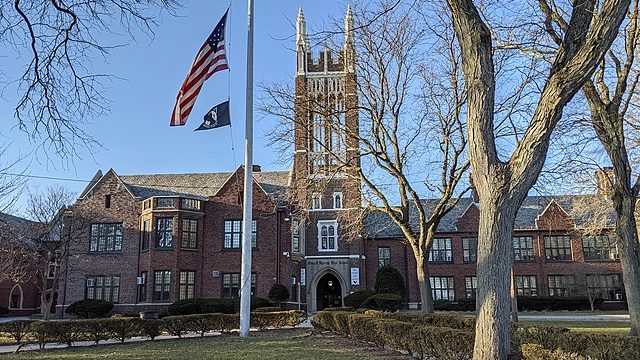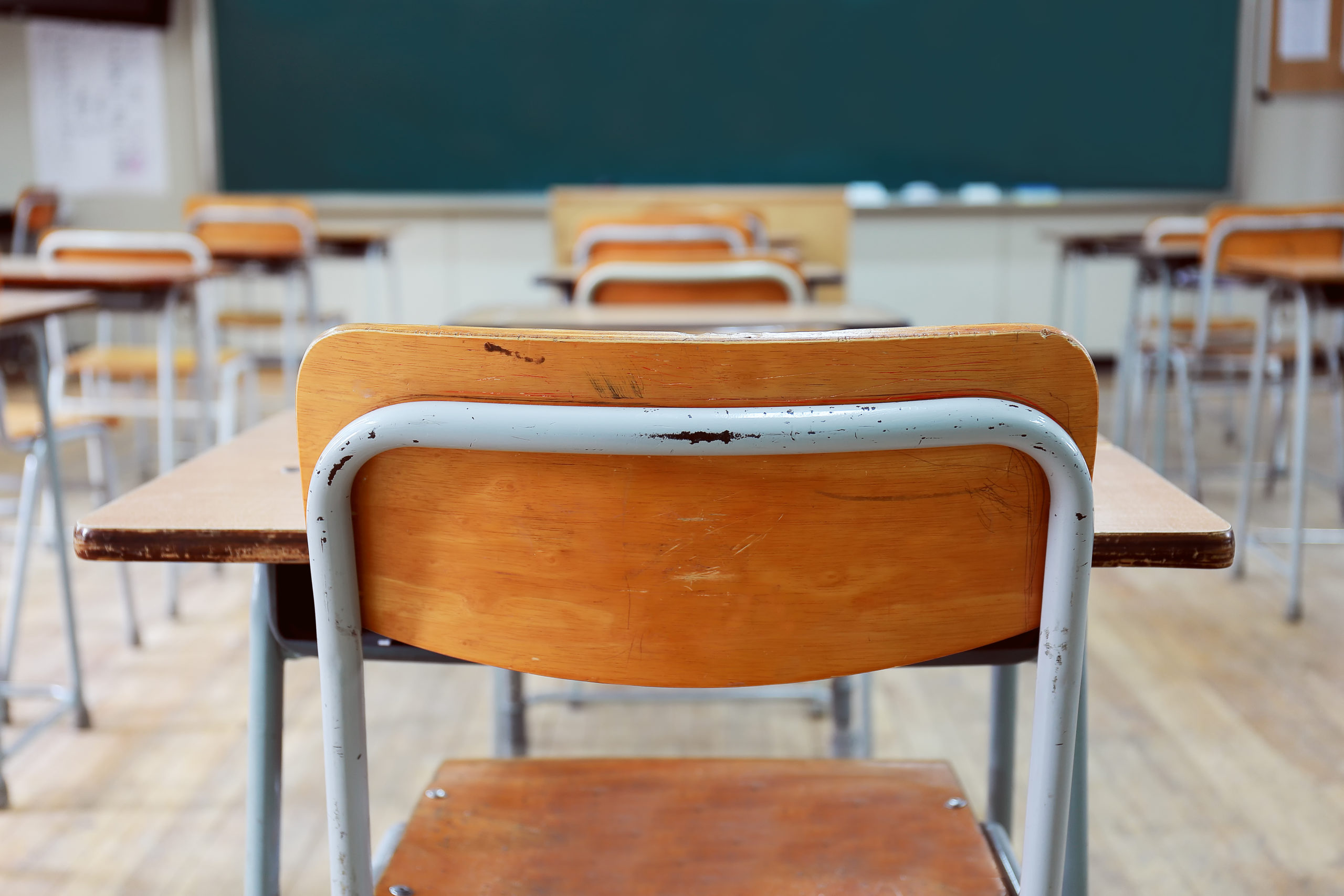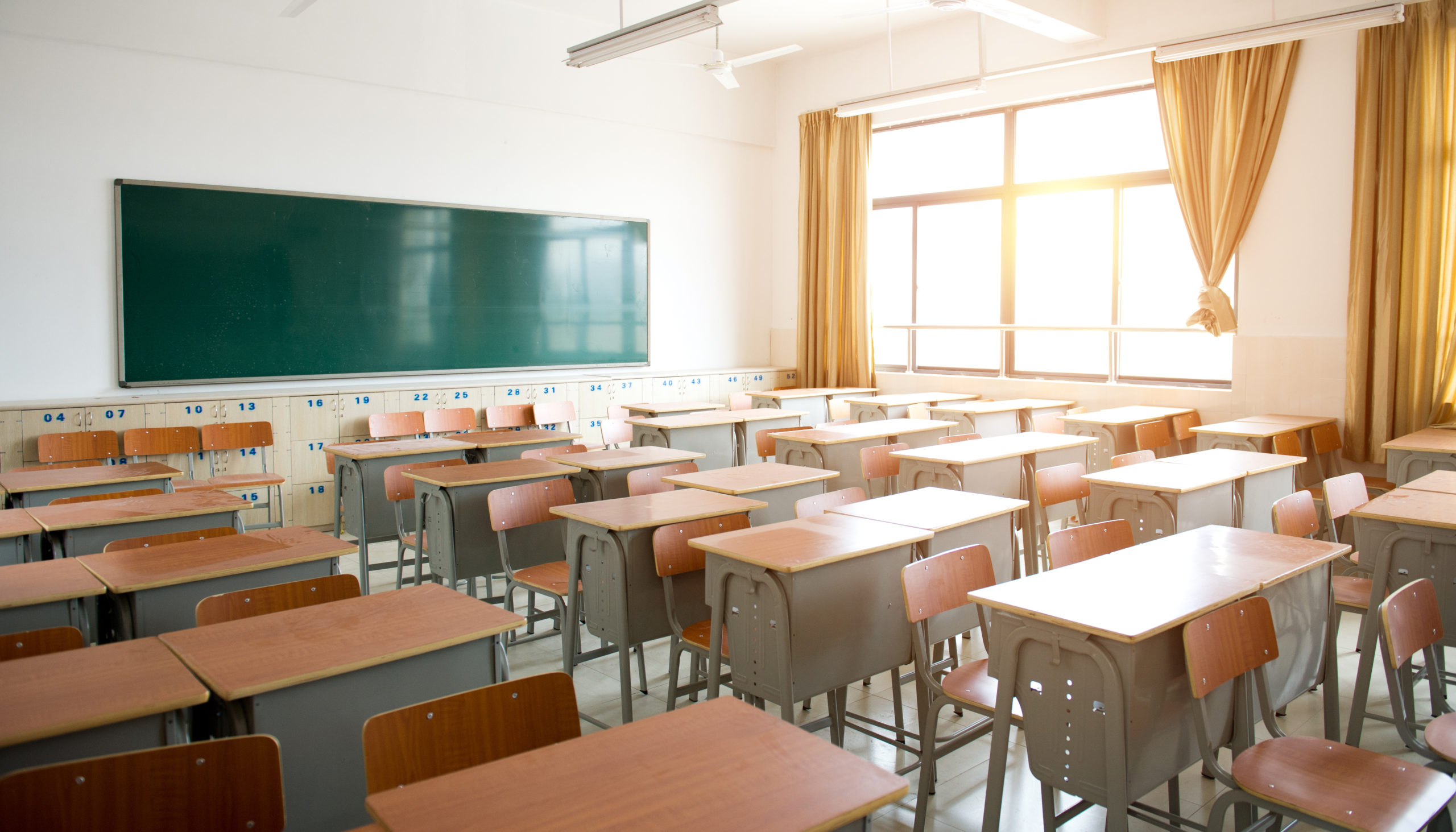In 2008, Joseph Kennedy, a high school football coach in Washington State, prayed on the field after football games to offer gratitude and praises to God. The school district fired him for the public prayers, forcing Coach Kennedy to sue the school district to protect his right to religious exercise. Despite the long-standing principle in Tinker v. Des Moines Independent Community School District (1969) that neither students nor teachers “shed their constitutional rights to freedom of speech or expression at the schoolhouse gate,” the Ninth Circuit Court of Appeals decided that public school teachers and coaches like Mr. Kennedy have no constitutional right to religious speech when they are in the presence of students. Kennedy v. Bremerton School District (2017). The United States Supreme Court declined to hear the case and asked for more factual development, but four Justices warned that the Ninth Circuit’s view of the free speech rights of public-school teachers was “troubling.” Kennedy v. Bremerton School District (2019). Today, Coach Kennedy is back at the Supreme Court, asking that the Court accept his case and validate his right to pray.
In 2018, Hannah Allen, a middle school student in Honey Grove, Texas, prayed in the cafeteria with a group of students. The principal admonished the group, “Y’all don’t do that again.” Upon being pressed to explain his scolding, the principal divulged that prayer could be “offensive” to others and directed the students to pray where no one could see them. Hannah stood up for her rights and publicly shared what happened to her. She was rewarded with the wrath of the superintendent, who sent a nasty letter to every student in the school district disparaging the 14-year-old for her actions.
Earlier this year, Elizabeth Turner, a valedictorian in Michigan, was told that her graduation speech mentioning her personal belief in Jesus Christ was “not appropriate for a speech in a school public setting.” After receiving a demand letter from my law firm and national media attention regarding the censorship, the high school reversed course and allowed Elizabeth to deliver her speech with the religious references included.
These recent examples of some of my religious liberty law firm’s cases illustrate the rise in hostility to prayer in America’s public schools, a direct contradiction to America’s previous reputation as a bastion of religious freedom. But how did public schools become so hostile to prayer? Let us explore several early cases addressing prayer in schools, in which the United States Supreme Court abandoned previous precedent honoring religion as a core aspect of our nation and, instead, concluded that public school classrooms should not host any religious practice.
In the early 1960s, the. Supreme Court reviewed two cases involving voluntary school prayer and Bible reading. The cases, Engel v. Vitale (1962) and Abington Township School District v. Schempp (1963), contained little case law to support the Court’s novel perspective that the Establishment Clause required that public schools never engage in or even permit any religious activities.
In Engel, the Court evaluated whether New York could recommend to public school districts and permit students to recite a voluntary, non-denominational prayer in their schools: “Almighty God, we acknowledge our dependence upon Thee, and we beg Thy blessings upon us, our parents, our teachers and our Country.” Engel v. Vitale (1962). The Court decided that the government “is without power to prescribe by law any particular form of prayer which is to be used as an official prayer in carrying on any program of governmentally sponsored religious activity.” Engel v. Vitale (1962). At the time of the decision, Engel’s holding was incompatible with the government practices of opening judicial and legislative sessions with a prayer.
A year later in Schempp, the Supreme Court analyzed whether public schools could begin the school day with daily Bible readings or recitations of the Lord’s prayer. The government presented secular purposes for the practice, including the promotion of moral values, the perpetuation of American institutions, and the teaching of literature. Notably, all parties in the case—and even the Court—conceded that the Bible was “of great moral, historical and literary value.” School District of Abington Township, PA v. Schempp (1963). Nevertheless, the Supreme Court concluded that, because the exercises were religious in character, they violated the Establishment Clause.
These decisions banishing prayer in schools were part of the same legal philosophy that birthed the Lemon test from Lemon v. Kurtzman (1971). The Lemon test erroneously interpreted the Constitution’s Establishment Clause to mean that the government must always act with a predominately secular purpose with minimal tolerance for religious activities on government property. In decisions after Lemon, the Court also determined that religious expression on government property was an “endorsement” of religion. But that is a far cry from the original meaning of the Establishment Clause, which simply prohibited the government from establishing an official church. Courts have struggled to apply Lemon’s highly-subjective and unworkable framework, which has required the Court to determine whether a challenged program, practice or symbol was “secular” enough. Over time, judges boldly called out the Lemon test’s flaws. For example, in Utah Highway Patrol Association v. American. Atheists, Inc. (2011), in his dissent from the denial of Supreme Court review, Justice Thomas observed that a crèche, a menorah, the Ten Commandments, or a cross “displayed on government property violates the Establishment Clause, except when it does not.” Justice Scalia famously observed in Lamb’s Chapel v. Center Moriches Union Free School District (1993) that the Lemon test, despite repeated attempts by judges to kill and bury it, still haunted Establishment Clause jurisprudence “[l]ike some ghoul in a late-night horror movie that repeatedly sits up in its grave and shuffles abroad, after being repeatedly killed and buried.”
But, after decades of applying the Lemon test, the Supreme Court, in American Legion v. American Humanist Association, finally proclaimed that Lemon essentially was dead. In place of Lemon’s subjective analysis, American Legion instead asserted that “[t]he passage of time gives rise to a strong presumption of constitutionality” for “established, religiously expressive monuments, symbols, and practices.”
But does American Legion’s analysis apply in the context of school-sponsored prayer? Consider the recent decision by the First Circuit Court of Appeals applying American Legion’s framework to evaluate an Establishment Clause challenge to the inclusion of “so help me God” as an option at the end of the oath administered at United States naturalization ceremonies. In Perrier-Bilbo v. United States (2020), the First Circuit declared that “[t]he opening of sessions of legislative and other deliberative public bodies with prayer is deeply embedded in the history and tradition of this country.” The First Circuit referenced Town of Greece v. Galloway, in which the Supreme Court upheld a town’s practice of holding a nondenominational prayer before a local council meeting, finding that it “fi[t] within the tradition long followed in Congress and the state legislatures.”
Prior to the school prayer cases in the 1960s, public schools engaged in opening prayer exercises since at least the 1800s 1Green, Steven, The Bible, the School, and the Constitution, 40, 88 (Oxford Univ. Press, 2012). If the history and tradition of a religious practice give rise to a strong presumption of constitutionality, then the practice of voluntary school prayer should also be constitutional. Decisions such as Lee v. Weisman (1992), which held a clergy prayer at a high school graduation to be unconstitutional, improperly, and simplistically, discounted that heritage.
First, it is important to note that banning voluntary school prayer, and even a moment of silence for prayer, teaches students that their prayers and their religious beliefs are not welcome in school. This hostility to religion is what actually offends our nation’s history, culture, and traditions. And this hostility to religion exemplifies the government’s attempted establishment of secularism as an official religion, which is a violation of the Establishment Clause as explained in Zorach v. Clauson (1952) (“[T]he State may not establish a ‘religion of secularism’ in the sense of affirmatively opposing or showing hostility to religion, thus preferring those who believe in no religion over those who do believe.”).
Second, the Declaration of Independence, a foundational document for our nation and its government, begins, “We hold these truths to be self-evident, that all men are created equal, that they are endowed by their Creator with certain unalienable rights[.]” “Self-evident” acknowledges the natural law or moral order inherently understood by all of us. Whether or not an individual embraces these laws as given to us by God, “the Creator,” the point is that our unalienable rights are beyond human authority and should never be infringed upon by the government. This is one of the foundational principles for our freedom in America, and it behooves us to ensure that every generation understands and embraces this quintessentially American doctrine.
By offering a voluntary prayer, the government introduces its students to religion in a way that is not coercive or intrusive. It is, rather, a traditional acknowledgement of religion, even if it simply constitutes a recognition of the theistic origins of our unalienable rights. Such activities engage the curiosity of students who want to learn more and encourages the students to explore religion further. Denying students such exposure is denying them access to an integral component of our country’s heritage. As Justice Stewart stated in his dissent in Engel, “I cannot see how an ‘official religion’ is established by letting those who want to say a prayer say it. On the contrary, I think that to deny the wish of these school children to join in reciting this prayer is to deny them the opportunity of sharing in the spiritual heritage of our Nation.” Stated differently, the government cannot construe the Establishment Clause as being anti-religious. Rather, the Constitution requires religious tolerance and acknowledgement of our religious heritage and its diverse religious denominations and practices.
The stories about Coach Kennedy, Hannah Allen, and Elizabeth Turner expose the poor harvest that we have reaped by our neglecting to cultivate religious tolerance in our schools. We must educate students to value religious freedom. Instead, we are teaching generations of children to believe that religion is not welcome in the public square. When we instill such disdain for religion, our youth inevitably fail to understand that religious freedom is the cornerstone of every other human right. Eventually, as those students become our nation’s leaders, their lack of respect for religious freedom may well lead to the end of other freedoms as well.
As history reveals, the totalitarian dictatorships in countries like the Soviet Union, Communist China, and Nazi Germany began with religious persecution. The tyrant cannot control groups or citizens who believe there is an Authority higher than government. In sharp contrast, our Constitution honors religious freedom as the first freedom because no other rights will survive without it.
In a November 2020 speech to The Federalist Society, Justice Samuel Alito warned America about the increase in religious persecution. Justice Alito recounted the incidents of persecution against a cake baker, Jack Phillips; the Little Sisters of the Poor and their decade-long fight to be free from paying for contraceptives; and discriminatory COVID-19 restrictions against houses of worship. After discussing the openly hostile government actions in these and other cases, Justice Alito ominously concluded that “religious liberty is fast becoming a disfavored right.” After writing briefs on behalf of Jack Phillips and the Little Sisters, and representing houses of worship during COVID-19 restrictions, my law firm can concur with Justice Alito about the rising hostility to religious freedom in America.
We must begin vigorously to intercept this trend and ensure that the next generation understands the importance of our nation’s religious freedom. To ensure the “blessings of liberty to ourselves and our posterity,” our future leaders must understand, embrace, and protect these truths. Otherwise, current and future generations may neglect our respect for a Power above the government, and when that happens, tyranny is sure to follow.






